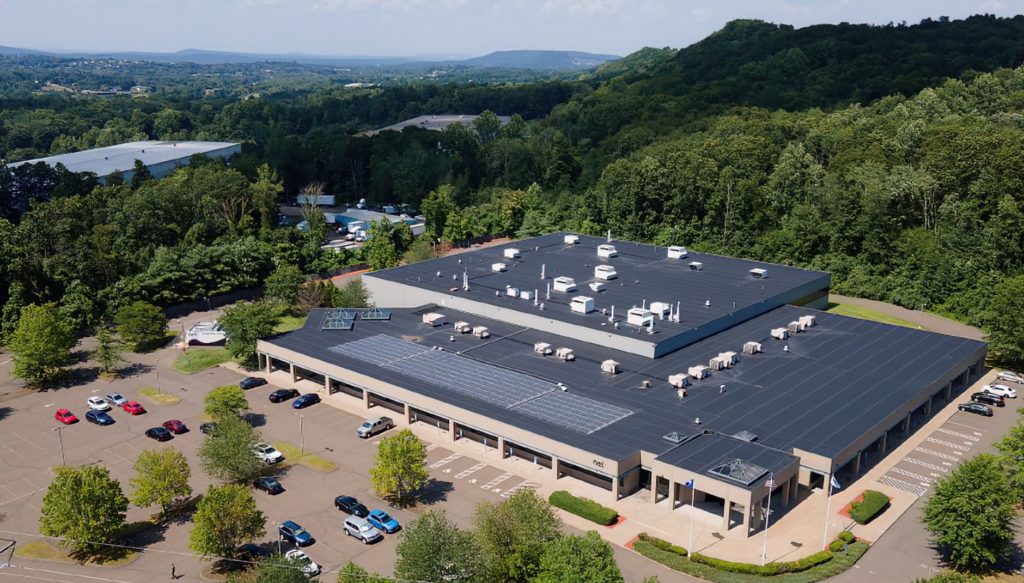Nel has entered into a joint development agreement with General Motors to help accelerate the industrialization of Nel’s proton exchange membrane (PEM) electrolyser platform.
By combining GM’s extensive fuel cell expertise and Nel’s deep knowledge of electrolysers, the two companies are looking to enable more cost competitive sources of renewable hydrogen.
Global leaders united
“General Motors is one of the global leaders in hydrogen fuel cell propulsion with more than 50 years of experience. We believe this collaboration will give us a competitive advantage in industrializing the production of our PEM electrolysers and further improving the efficiency of our technology,” said Nel’s CEO, Håkon Volldal.
“Adding Nel as a strategic collaborator is an important step to help us commercialize fuel cell technology. Electrolysis is key to creating consistent, clean sources of hydrogen to power fuel cells,” said Charles Freese, GM executive director, Global HYDROTEC. “Nel has some of the most promising electrolyser technology to help develop clean hydrogen infrastructure, and we believe our HYDROTEC fuel cell IP can help them get closer to scale.”

Combined expertise for technological advancement
Nel was the first company in the world with a fully automated alkaline electrolyser production line. The next step will be to industrialize the production of its PEM electrolyser equipment in a similar way which will enable considerable technology advancement.
GM is developing and commercializing both HYDROTEC hydrogen fuel cell and Ultium battery technologies that deliver where it matters most: performance and cost. This is opening new revenue potential for GM as industries – including freight trucking, aerospace, power generation and locomotive – turn to GM to improve performance and reduce emissions.
“An automated production concept is key when scaling up and driving down cost on electrolyser technology. By utilizing the combined expertise of both companies, it will help to more quickly develop a green hydrogen technology that is competitive with fossil fuels,” said Volldal.
A PEM electrolyser and a fuel cell are largely based on the same principles. A PEM electrolyser uses electricity and water to produce hydrogen and oxygen, while a fuel cell reverses the process, using hydrogen and oxygen to produce electricity and water. As GM has made major steps and gained expertise with fuel cells, the two companies see substantial synergies by transferring this to Nel’s PEM platform.
Nel will be compensating GM for the development work and IP transfer on an ongoing basis and pay a license after successful commercialization dependent on how much of the end product is based on GM technology.
Cover photo by Steve Fecht for General Motors.